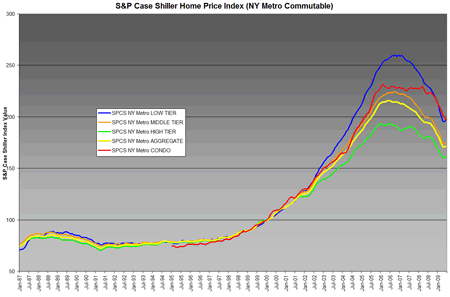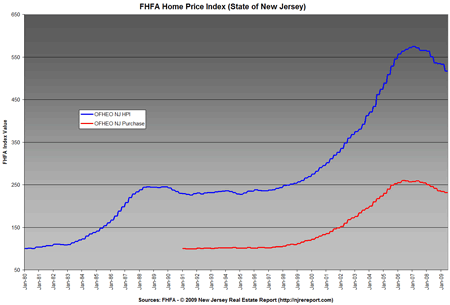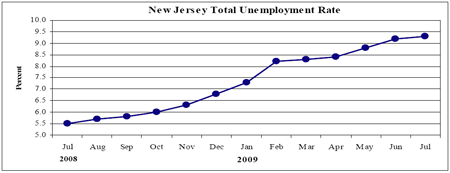Juliette Kim sees the state of the economy in the drop in customers at her Ridgewood dry cleaning business.
A few doors down, Rick Breitstein sees it in the plummeting sales of his pricey cheeses, now so low that he expects to close up shop in October.
Business at Mufid Basna’s store, Joe’s Haircutting, is down 20 percent but would be even worse without the surge in jobless residents coming to spruce themselves up for interviews.
“If you don’t have a job, you have to look for one,” Basna said on a recent afternoon, and chuckled, “If you don’t have a haircut, no one will hire you.”
Last September, the collapse of Lehman Brothers started the cascade of Wall Street failures that would trigger heavy job losses and plunge us deeper into the worst recession in decades. A year later, the fallout is felt strongly in Ridgewood, where an estimated one in six workers are employed in financial services, where two dozen empty storefronts now dot a newly struggling downtown, and where growing evidence of an economic turnaround is still only a rumor.
Breitstein, owner of The Cheese Shop of Ridgewood, said his clientele, which heavily numbers bankers, bond traders, stockbrokers and other Wall Street workers, is down so much that he has told his landlord he will close in October.
He estimates his revenue has fallen 40 percent in the last two years. Some days, he says, he makes no more than $200.
…
And it’s not just the jobless who aren’t spending, Breitstein said. He recalled a still-employed senior JP Morgan executive, a regular at the store who he used to throw a party for 30 on July 4. This year he invited just three friends.
Nearby on East Ridgewood Avenue, the town’s main retail strip, Kim, owner of Ridgewood Cleaners, said business is 30 percent lower than two years ago.
“Some customers don’t come at all,” and some have reduced their trips, she said. “People try to wear clothes more times.”
…
Kim’s shop is next door to the shuttered Dolce Café, one of at least half a dozen Ridgewood restaurants and cafés that have closed since the recession began. Another one, L’Aragosta, carried the hopes of South Jersey restaurateur Giancarlo Presta.
He opened the Italian eatery in June 2008, attracted by the village’s affluence. The first six months were busy, he said, but then — as the recession kicked in — business fell off, and he closed in May.
“A lot of the customers worked on Wall Street,” he said. “The first thing they cut out is going to eat. They were spending less. I used to ask them, and they said they are cooking at home.”
…
The sweeping job cuts have helped push down New York-area house prices by 12 percent since June 2008, and more elsewhere. In Bergen County, the median home price has fallen from $515,000 to $430,000, or about 17 percent, according to figures from the Garden State Multiple Listing Service. Prices are down about 10 percent in Passaic County, to an average of $333,634, the figures show.
The median sale price in Ridgewood fell from $685,000 in the first five months of 2008 to $593,200 in the same period this year, a decline of 13 percent. The number of houses sold fell from 71 in the 2008 period to less than half that a year later. And other data show how much the village has been hit by the recession.
…
Eighteen village residents filed for bankruptcy from January to August of this year, more than double in the same period in 2008, according to Westlaw, the legal data company. Eight properties have gone to foreclosure sale in the first nine months of this year — two more than in all of 2008 and two less than in 2007 — and the number is expected to continue going up.
In May, the Citizens Community Bank — one of 20 in the village — became North Jersey’s first to close in the recession.



